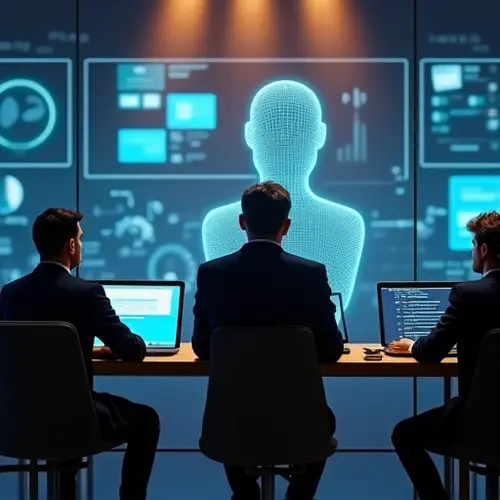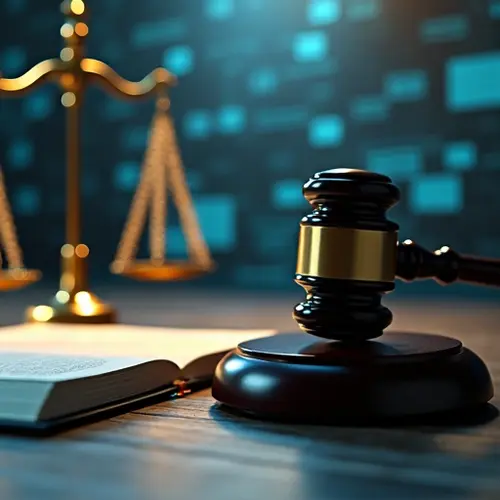Courts are testing AI for instant hearing transcripts, offering cost savings but facing accuracy issues with error rates up to 35%. New regulations aim to ensure reliability.

AI Revolutionizes Court Reporting with Real-Time Transcription
In a groundbreaking move, courts across the United States are piloting artificial intelligence (AI) systems to transcribe and analyze hearings instantly, aiming to modernize legal proceedings and reduce costs. This initiative, highlighted by recent developments in North Dakota, leverages automated speech recognition (ASR) technology to generate transcripts from audio recordings, potentially replacing traditional court reporters. "This is about making justice more accessible and efficient," said a state court administrator involved in the project. However, the shift raises significant concerns about accuracy, privacy, and job impacts, with critics pointing to error rates as high as 35% in some cases, according to a Stanford study cited by GovTech.
How AI Transcription Works in Courtrooms
AI systems use advanced algorithms to convert spoken words into text in real-time, analyzing audio feeds from courtroom microphones. These tools can identify speakers, handle legal jargon, and even flag key moments for review. For instance, North Dakota's proposal mandates audio recordings in all courtrooms by January 1, 2026, which will be processed using ASR software. This approach eliminates per-page fees for transcripts and establishes fee waivers for indigent defendants, as reported by GovTech. Supporters argue that AI can handle high-volume cases faster, but it requires robust infrastructure to avoid failures.
Benefits: Efficiency and Cost Savings
Proponents emphasize that AI transcription could slash costs and delays. Traditional court reporting can be expensive, with fees accumulating per page, whereas AI offers a one-time setup cost. "We're looking at savings of up to 50% in transcription expenses, which benefits taxpayers and litigants alike," noted a judicial official. Additionally, instant analysis allows judges to quickly reference previous statements, improving trial management. States like Michigan and Texas have already seen success with digital recording systems, paving the way for AI integration.
Challenges: Accuracy and Ethical Concerns
Despite the promises, AI systems struggle with accuracy, especially in noisy environments or with diverse accents. A Legal News Feed article details instances where AI misheard legal terms, such as interpreting "counter motion to compel" as "motion from hell." Error rates can exceed 30% for non-native speakers or technical language, risking miscarriages of justice. Privacy is another issue, as AI processing might expose sensitive data. Moreover, the NCRA white paper warns of biases in AI algorithms that could disadvantage certain groups.
Regulatory Responses and Future Outlook
To address these challenges, new regulations are emerging. The Judicial Conference recently approved Federal Rule of Evidence 707, requiring AI-generated evidence to meet reliability standards akin to human testimony, as per Nelson Mullins. This ensures accountability, but experts recommend hybrid models where AI assists human reviewers. "The future lies in blending technology with human oversight to maintain integrity," said a legal tech analyst. As courts continue testing, the focus is on refining AI to balance innovation with fairness, potentially reshaping the legal landscape by 2030.

 Nederlands
Nederlands
 English
English
 Deutsch
Deutsch
 Français
Français
 Español
Español
 Português
Português









